Figure shows the displacement of a particle going along the X-axis as a function of time. The force acting on the particle is zero in the region
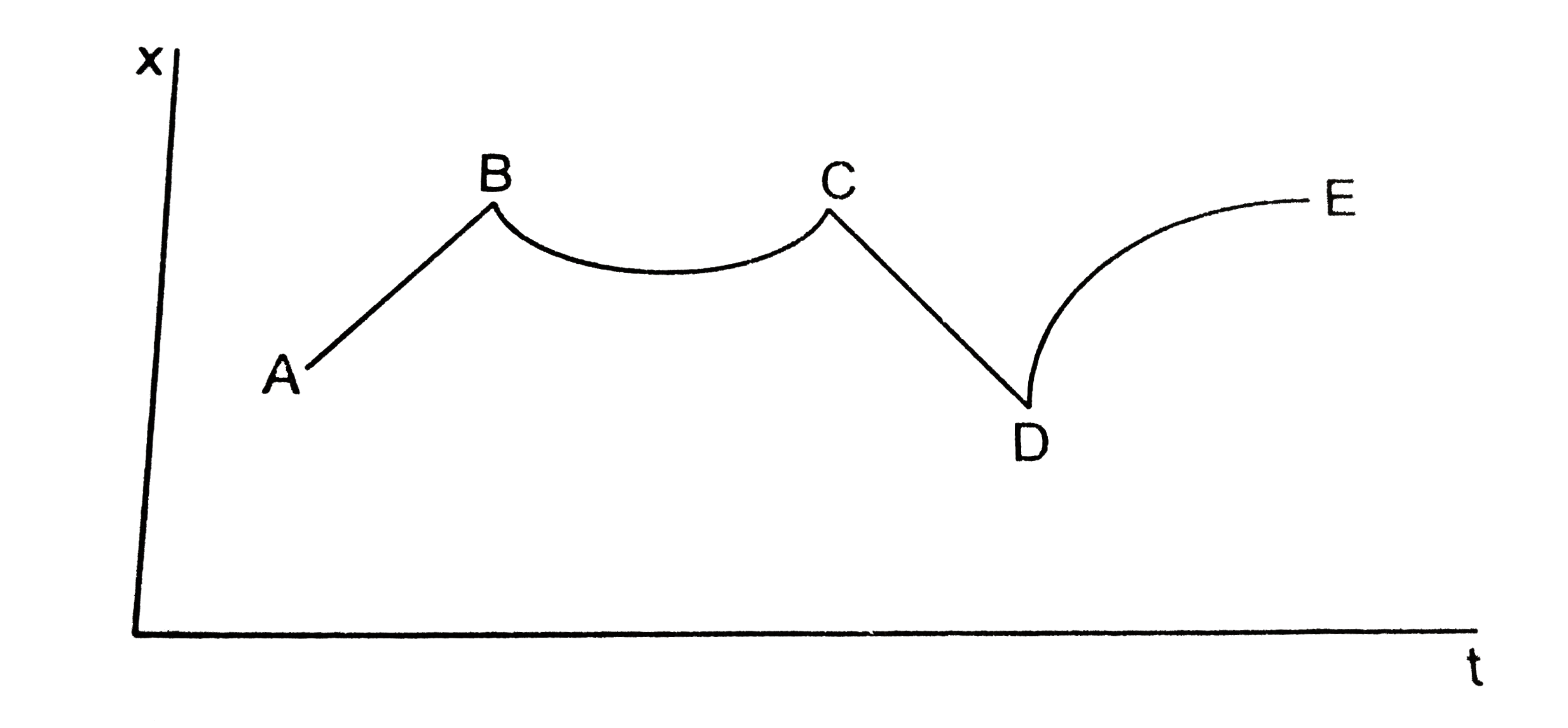 Solution in Gujrati
Solution in Gujrati
The correct Answer is:18.5 m
Δt=t−0.6=0−10−4=2.5
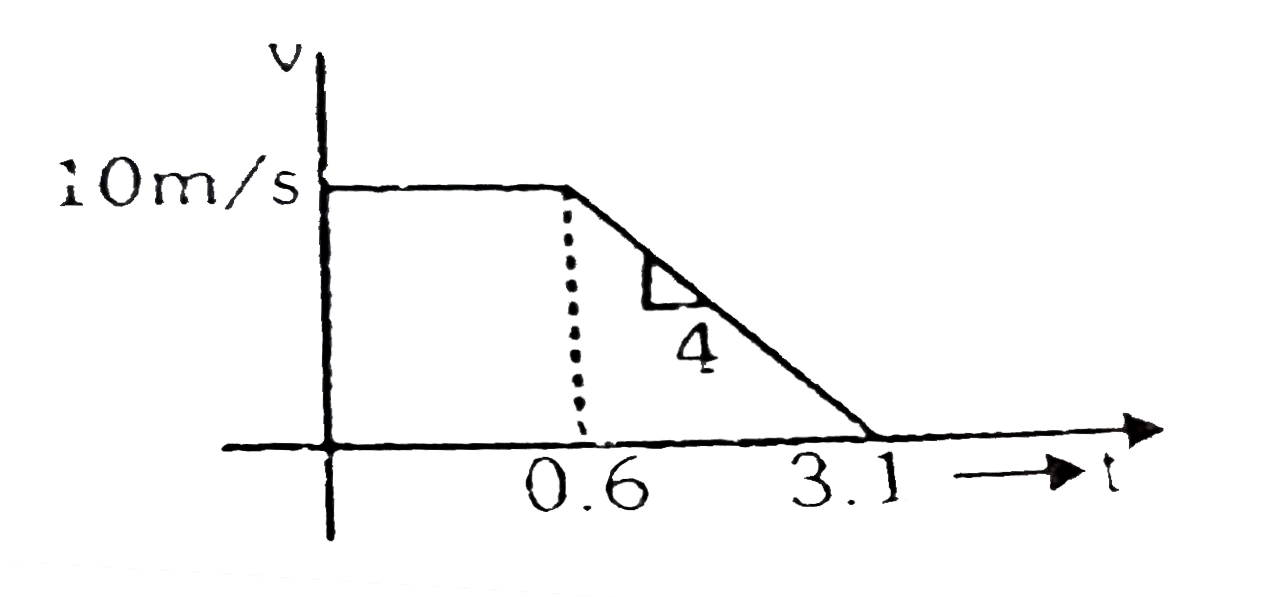
Stopping distance =0.6×10+12×2.5×10
6+12.5m=18.5m
Topper's Solved these Questions
- MOTION IN A PALNEBook:ALLEN Chapter:MOTION IN A PALNEExercise:Exercise-04[B]
Explore 14 Videos
- MOTION IN A PALNEBook:ALLEN Chapter:MOTION IN A PALNEExercise:Exercise-05 [A]
Explore 11 Videos
- MOTION IN A PALNEBook:ALLEN Chapter:MOTION IN A PALNEExercise:Comprehension#7
Explore 3 Videos
- KINEMATICS-2DBook:ALLEN Chapter:KINEMATICS-2DExercise:Exercise (O-2)
Explore 47 Videos
- NEWTON'S LAWS OF MOTION & FRICTIONBook:ALLEN Chapter:NEWTON'S LAWS OF MOTION & FRICTIONExercise:EXERCISE (JA)
Explore 4 Videos
Similar Questions
A boat is moving with a velocity 3ˆi+4ˆj with respect to ground. The water in the river is moving with a velocity −3ˆi−4ˆj with respect to ground. The relative velocity of the boat with respect to water is.
View SolutionA man wishes to swim across a river 0.5km. wide if he can swim at the rate of 2 km/h. in still water and the river flows at the rate of 1km/h. The angle (w.r.t. the flow of the river) along which he should swin so as to reach a point exactly oppposite his starting point, should be:-
View SolutionA graph between the square of the velocity of a particle and the distance(s) moved is shown in figure. The acceleration of the particle in kilometers per hour square is:-
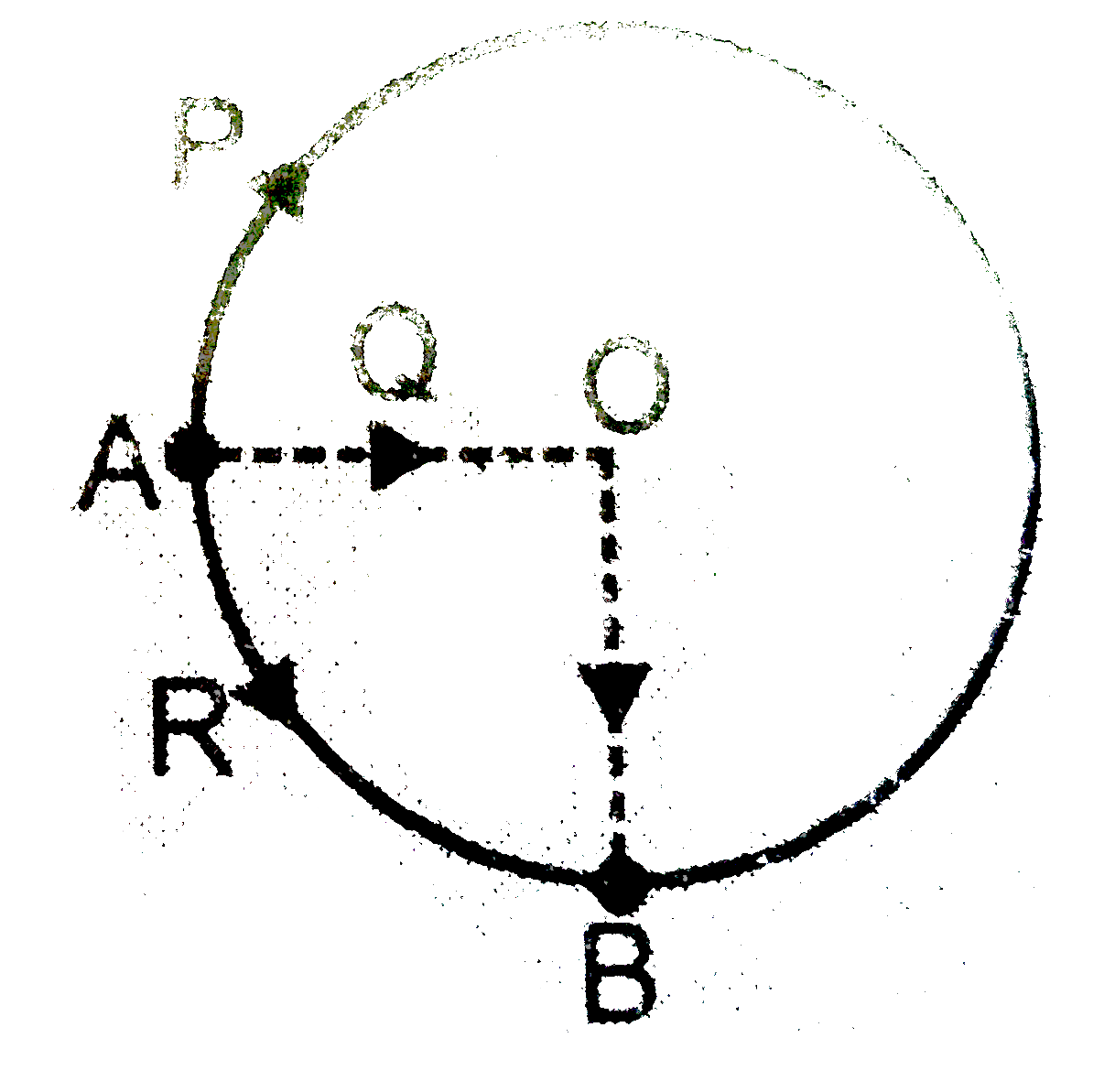
View SolutionA particle is moving in xy-plane .At certain instant the components of its velocity and acceleration are as follows ux=3m/s,uy=4m/s,ax=2m/s2anday=1m/s2. The rate of change of speed at this moment is
View SolutionA piece of wire is bent in the shape of a parabola y=kx2 (y-axis vertical) with a bead of mass m on it. The bead can slide on the wire without friction. It stays at the lowest point of the parabola when the wire is at rest. The wire is now accelerated parallel to the x-axis with a constant acceleration a. The distance of the new equilibrium position of the bead, where the bead can stay at rest with respect to the wire, from the y-axis is:
View SolutionFigure shows the displacement time graph of a particle moving on the X-axis

View SolutionThe displacement time curve of a particle is shown in the figure. The external force acting on the particle is :
View SolutionFor a particle moving along x-axis, velocity-time graph is as shown in figure. Find the displacement of the particle?
View Solutionचित्र में x-अक्ष पर चलते एक कण का विस्थापन समय के साथ बदलता हुआ दिखाया गया है | कण पर लगता कुल बल शून्य हैं
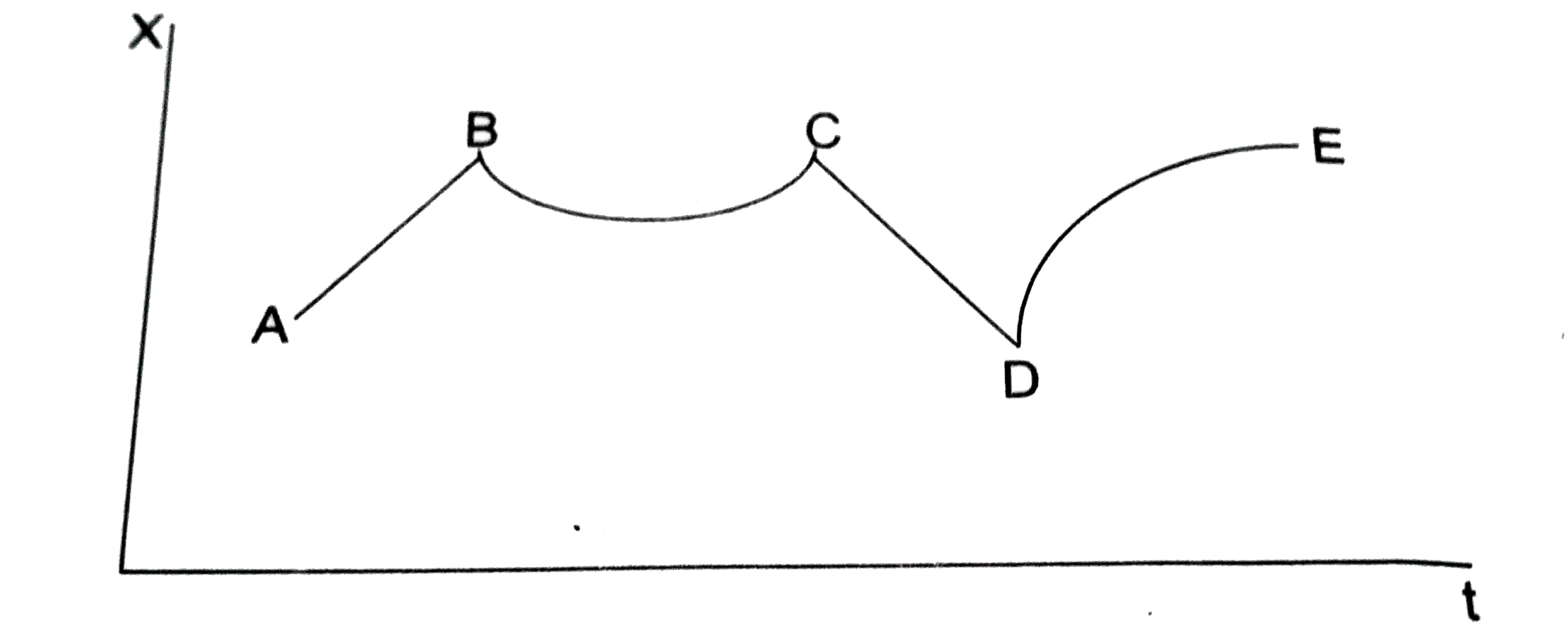
View SolutionThe given figure shows a plot of the time dependent force F_(x) acting on a particle in motion along the x-axis. What is the total impulse delivered by this force to the particle from time t = 0 to t = 2second?
View SolutionFigure show the displacement - time graph of a particle moving on the x-axis
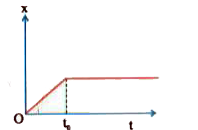
View Solutionदिया गया चित्र x-अक्ष पर गतिमान किसी कण की चाल के विस्थापन-समय (-1) ग्राफ को दर्शाता है।
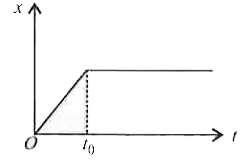
View Solutionचित्र में x दिशा के अनुदिश गति करते हुए कण के लिये समय के फलन रूप में विस्थापन दर्शाया गया है। तो किस क्षेत्र में कण का त्वरण शून्य है?
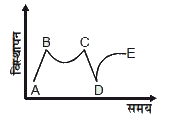
सही विकल्प का चयन कीजिये :
View SolutionFigure shows the displacement time graph of a particle moving on the X-axis

View SolutionFigure shows the displacement-time graph of a particle moving on the X-axis

View SolutionFigure (i) and (i) show the displacement-time graphs of two particles moving along the x-axis. We can say that
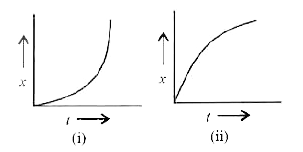
View Solution
